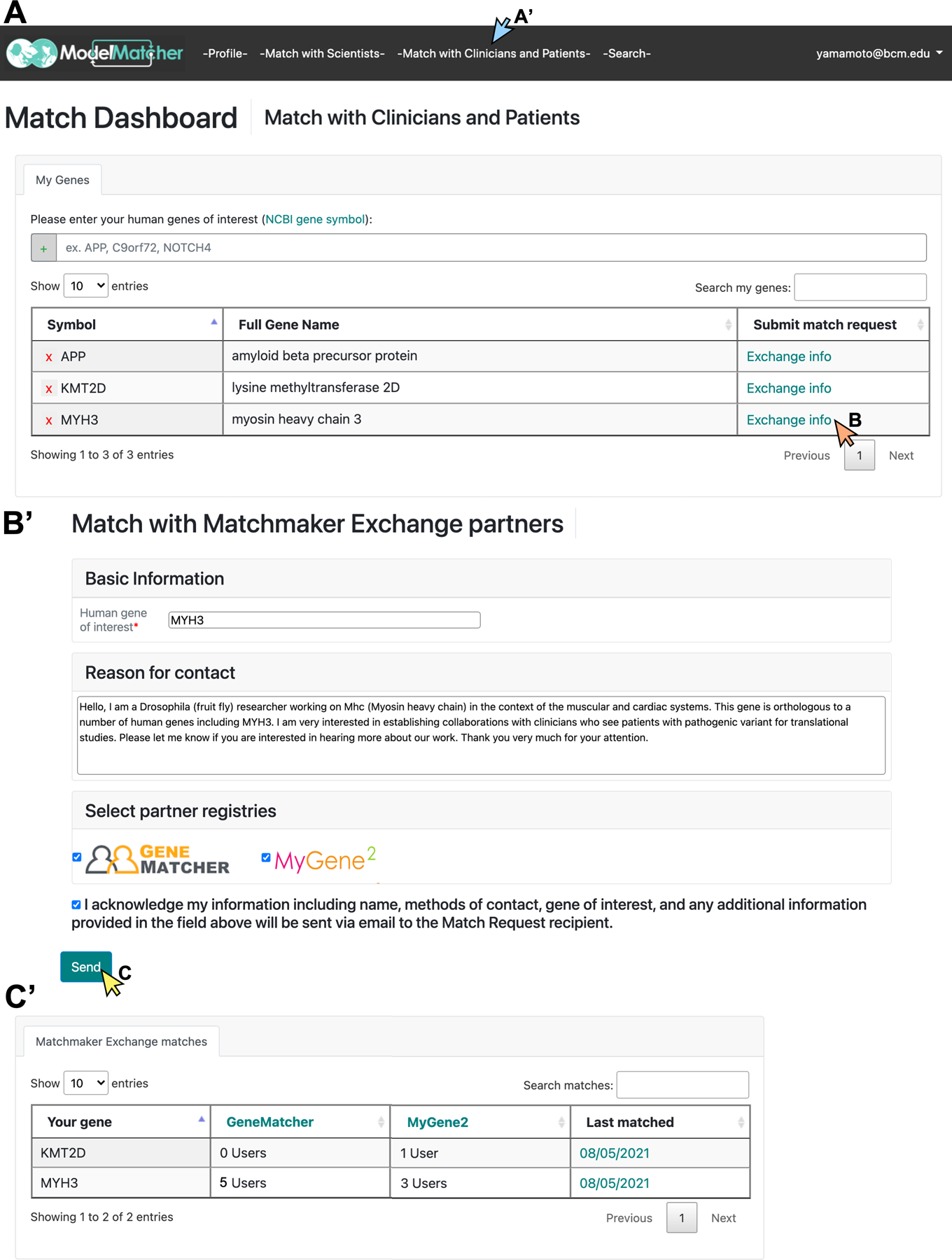Figure 6. ModelMatcher users can actively identify potential clinical collaborators through Matchmaker Exchange.

A) By logging in to their Match Dashboard account and clicking the -Match with Clinicians and Patients- button (blue arrow in A’), users will be taken to a tab to identify clinicians and affected individuals who are registered in our partner registries in Matchmaker Exchange (currently GeneMatcher, MyGene2, and PhenomeCentral) who share interests in the same gene. The list of the user’s human genes of interest, which were previously entered into the Match Dashboard through the -Match with Scientists- tab, will be automatically loaded. Additional genes can also be added here. B-B’) By clicking the “Exchange Info” button next to each gene in A) (orange arrow), a Match Request Form to exchange information with clinical users of partner registries will appear. The User will be asked to briefly explain why they wish to connect with clinicians and affected individuals who express interests in the specific gene, select the specific databases that they wish to exchange information with (default setting is to attempt to match with all partners), and consent that the information provided in this form and their user profile will be sent to the other party. C) By clicking the “Send” button (yellow arrow), the Match Request will be sent to the corresponding partner registries and the user will receive an email regarding their matches. C’) The information regarding each Match Request sent by the user will also be archived in the “Clinician and Patient Matches” box at the bottom of the -Match with Clinicians and Patients- tab. Note that the match results displayed here are synthesized data from test servers and do not reflect the actual matches with clinicians and affected individuals who participate in Matchmaker Exchange.
